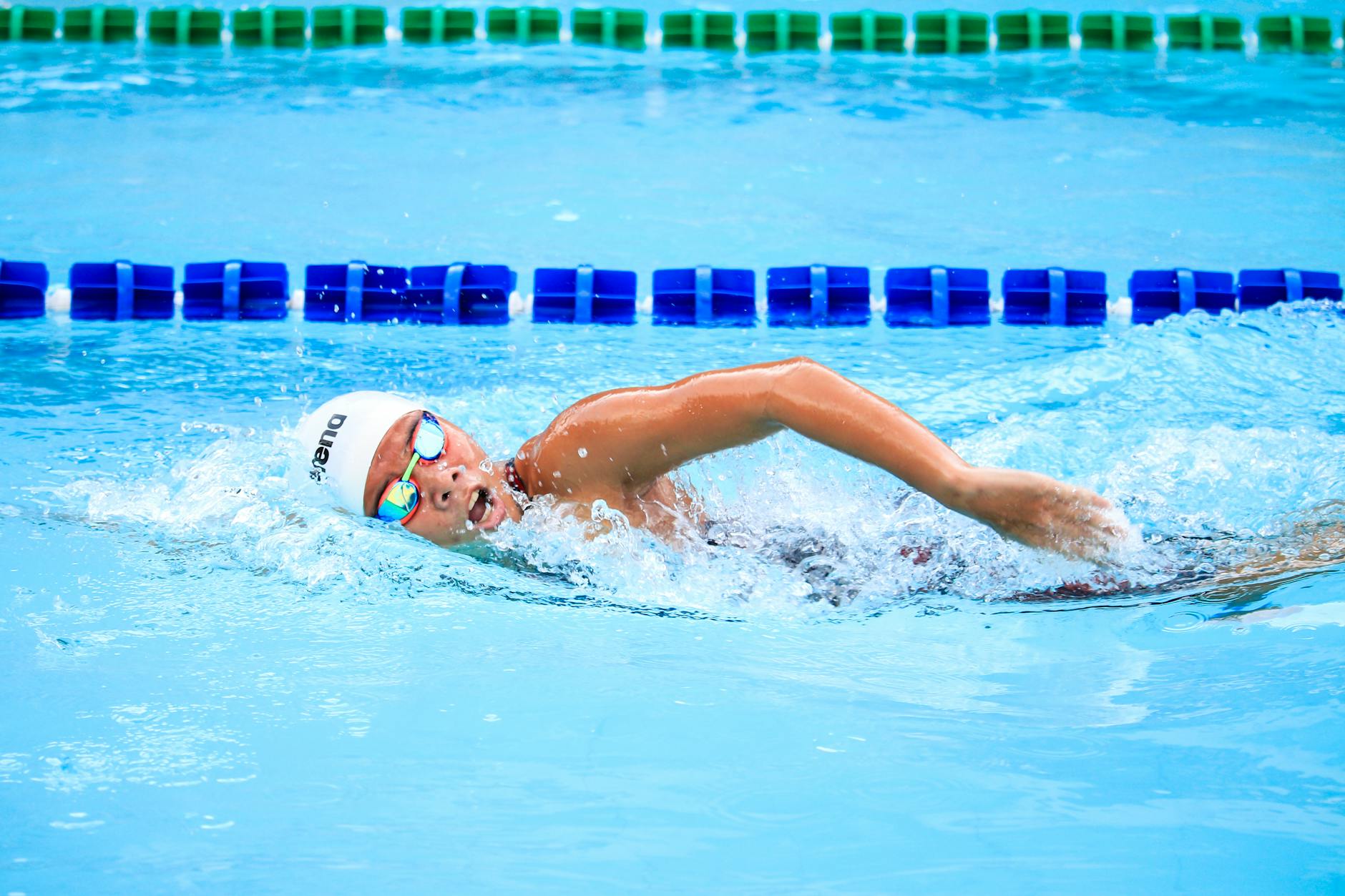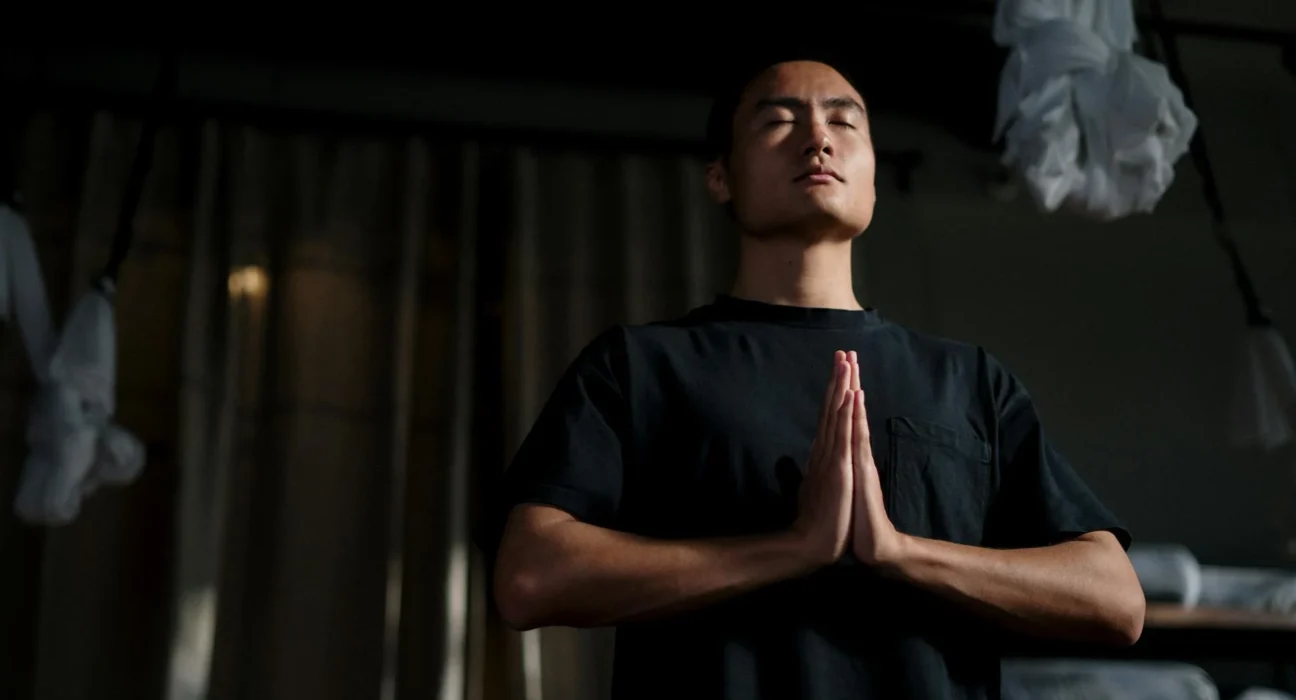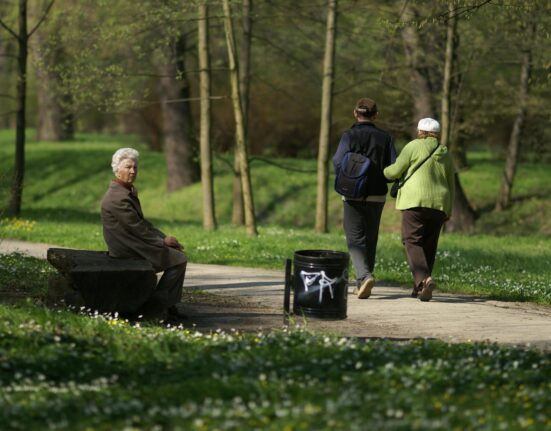Picture this: a stadium packed with roaring fans, sweat dripping, heart pounding—the final seconds ticking down. The pressure could crack even the strongest competitor. Yet some athletes don’t just survive these moments, they thrive. Their secret? Mindfulness.
From Olympic champions to professional players, more athletes are turning to mindfulness to stay calm under fire. These aren’t just theories—real stories show how grounding techniques, breathwork, and mental focus flip stress into strength. Forget freezing under pressure. These athletes rewired their minds to perform when it matters most.
Now, let’s dive into the real-life wins where mindfulness made all the difference.
The Science of Mindfulness in Athletics
Mindfulness isn’t just a buzzword—it’s a powerful tool backed by science. Athletes use it to quiet the noise, sharpen focus, and handle pressure without crumbling. Research shows it changes the brain, improves reaction times, and even enhances recovery. Let’s break down how it works.
How Mindfulness Rewires the Brain for Calm
Under stress, the brain’s amygdala—the alarm system—goes into overdrive. Mindfulness trains the prefrontal cortex to take control, like a skilled coach calling the shots instead of panic. Studies using fMRI scans reveal that consistent mindfulness practice:
- Reduces gray matter in the amygdala, shrinking the brain’s stress center.
- Thickens the prefrontal cortex, improving decision-making under pressure.
- Boosts the hippocampus, the area linked to memory and learning.
A 2019 study in the Journal of Cognitive Enhancement found that college athletes who practiced mindfulness for eight weeks had faster reaction times and made fewer mistakes during high-pressure drills. Their brains literally worked smarter under stress.
The Role of Breathing Techniques in Peak Performance
Breathing is the remote control for the nervous system. Slow, deep breaths flip the body from fight-or-flight to rest-and-digest. Elite athletes use this to their advantage.
Consider the “4-7-8” method: inhale for 4 seconds, hold for 7, exhale for 8. Navy SEALs and Olympic shooters rely on it to steady their hands and minds. Research from Frontiers in Psychology shows rhythmic breathing:
- Lowers cortisol by up to 25% during competition.
- Increases oxygen flow to muscles, delaying fatigue.
- Sharpens focus by syncing breath with movement.
When the crowd roars and the clock ticks, breath becomes the anchor. It’s not magic—it’s physiology. And the best part? Anyone can learn it.
Michael Phelps: The Mindful Olympian
Michael Phelps didn’t just win medals, he rewrote the record books. But behind the gold was a battle with pressure—until mindfulness changed the game. After years of raw physical training, he realized the mind was his last untapped frontier. What followed was a shift that kept him cool under Olympic-sized stress.

Photo by Quang Nguyen Vinh
The Turning Point: When Phelps Embraced Mindfulness
The 2012 Olympics were a wake-up call. Phelps barely scraped by with silver and bronze, feeling “empty” despite his wins. Burnout and anxiety haunted him. Then came a simple question from his coach: Why not train your mind like you train your body?
He started working with a sports psychologist, learning to slow down his racing thoughts. “I used to think mindfulness was just sitting cross-legged,” Phelps admitted. “But it’s about being present, not letting the noise in.” Before races, instead of replaying nightmares of failure, he visualized smooth strokes and perfect turns. By the 2016 Rio Olympics, his mental game was bulletproof.
Phelps credits mindfulness for his comeback. “I was finally able to just be in the water,” he said. The result? Six more medals, including five golds.
Daily Mindfulness Rituals That Kept Him Focused
Phelps’ routine wasn’t complicated, but it was consistent. Here’s what kept him grounded:
- Pre-race visualization: He’d close his eyes and “swim” his race mentally before diving in. Every turn, every breath—exactly as he wanted it.
- Box breathing: Inhale for 4 counts, hold for 4, exhale for 4. This trick cut through panic when stakes were high.
- Gratitude pauses: Post-training, he’d note three things going well. Simple, but it shifted his mindset from pressure to purpose.
The key? Repetition. “You don’t wait for the storm to practice,” Phelps said. “You build the habit when the water’s calm.” His rituals became as automatic as his flip turns—proof that mindfulness isn’t mystical, just disciplined.
Serena Williams: Staying Present Under Pressure
Serena Williams didn’t just dominate tennis with power—she mastered the mental game. Behind every comeback and championship point was a mindset built on mindfulness. When pressure mounted, she didn’t break. She breathed. And that made all the difference.

Photo by Noelle Otto
Mindfulness as a Comeback Strategy
Down match point? Serena made it her signature move to claw back. But it wasn’t luck. It was preparation. She trained her mind to reset faster than her opponents could celebrate. “You have to let go of what just happened,” she once said. “The point is over. The next one is yours.”
Her process was simple but brutal in its discipline:
- Accept, then act: After a bad call or error, she’d take three seconds to acknowledge it—no fighting the frustration—and snap back to the present.
- Anchor words: Phrases like “I am calm” or “This is my game” became mental triggers to refocus mid-match.
- Rituals between points: Adjusting her strings, bouncing the ball three times. These weren’t quirks. They were checkpoints to reset her focus.
In the 2012 US Open final, she dropped the first set 6–2. Most players would spiral. Serena? She walked to the chair, closed her eyes, and visualized her serve placement. She won the next two sets 6–2, 6–4. Mindfulness wasn’t just her tool—it was her edge.
Visualization Techniques That Worked for Serena
Before big matches, Serena didn’t just practice her strokes. She rehearsed victory in her mind. “If I can see it, I can do it,” she often said. Her pregame mental routine included:
- Detailed rehearsal: She’d visualize every shot—down to the spin on her backhand—feeling the motion in her body before stepping on court.
- Emotional prep: She imagined the roar of the crowd, the pressure of break points, even her own nervousness. By the time she played, nothing caught her off guard.
- Outcome focus: Win or lose, she pictured handling the result with grace. This took the sting out of fear.
At the 2017 Australian Open, eight months after a life-threatening childbirth, she reached the finals. Critics doubted her. But she’d already seen herself there. “I play my best matches when I’m not thinking,” she told Vogue. “Just being.” That’s mindfulness in action—trusting the training, staying in the moment, and letting the body do what it knows.
LeBron James: Leading with Mindfulness
LeBron James isn’t just a basketball legend. He’s a master of mental discipline. While his physical talent is undeniable, what sets him apart is his ability to stay calm under pressure, lead a team, and perform at his peak—year after year. The secret? A mindfulness practice honed over decades. From meditation routines to mental reset tricks, LeBron’s approach turns stress into fuel.

Photo by Kelvin Valerio
LeBron’s Morning Meditation Routine
LeBron starts his day before the sun rises. Not with weights or drills, but with stillness. His morning ritual includes 15-20 minutes of meditation, a habit he credits for clarity and emotional balance. “It’s like hitting a reset button,” he’s said. “The game moves fast. My mind doesn’t have to.”
His routine is simple but deliberate:
- Silence and breathwork: No music, no distractions. Just focused breathing to center himself before the day’s chaos.
- Visualization: He mentally rehearses plays, defensive moves, and even potential challenges, so nothing surprises him on the court.
- Gratitude reflection: He takes moments to acknowledge his health, family, and opportunities, grounding himself in purpose beyond basketball.
During the 2016 NBA Finals, down 3-1 against the Warriors, critics counted him out. But his meditation practice kept him steady. “You can’t control the noise,” he said after leading the Cavaliers to a historic comeback. “You control your mind.”
How Mindfulness Shaped His Leadership Style
LeBron doesn’t just play the game. He lifts his team. His leadership style—calm, intentional, and inclusive—stems from mindfulness. He listens more than he shouts. He responds instead of reacts. And it shows.
Take the 2020 Lakers championship run. In the NBA bubble, isolated from family and under intense scrutiny, stress could’ve fractured the team. Instead, LeBron used mindfulness to unite them:
- Team meditation sessions: He introduced group mindfulness practices, helping players manage isolation anxiety.
- Emotional check-ins: Before games, he’d ask teammates, “How’s your energy?”—creating space for honesty and trust.
- Conflict resolution: When tensions flared, he’d pause conversations, letting emotions settle before strategizing.
The result? A locker room that felt like family and a title won under the most unusual circumstances. “Leadership isn’t about being the loudest,” LeBron said. “It’s about being present.” That’s the power of mindfulness—not just for performance, but for connection.
Practical Mindfulness Tips for Everyday Athletes
Mindfulness isn’t just for Olympians and NBA stars. Whether you’re a weekend runner or a gym regular, these simple techniques can sharpen your focus and steady your nerves. The best part? They take little time but deliver big results.
5-Minute Breathing Exercises for Pre-Game Jitters
Your breath is the simplest tool to quiet a racing mind. Try this before your next workout or competition:
- Box Breathing (4-4-4-4):
- Inhale for 4 seconds.
- Hold for 4 seconds.
- Exhale for 4 seconds.
- Pause for 4 seconds.
Repeat for 5 cycles. This resets your nervous system, like pressing a calm button.
- Humming Breath:
- Inhale deeply through your nose.
- Exhale slowly while humming (the vibration soothes stress).
- Do this 3-5 times to ease tension.

Photo by Vlada Karpovich
These tricks work anywhere—locker room, sideline, or even your car before a race.
Building a Daily Mindfulness Habit
Consistency beats intensity. Start small:
- Morning minute: Spend 60 seconds focusing on your breath before checking your phone. Feel the air fill your lungs, then release.
- Meal mindfulness: Eat one bite without distractions. Notice the taste, texture, and how your body feels.
- Evening replay: Reflect on three moments where you felt strong or grateful. Write them down.
Stack mindfulness onto habits you already have, like post-stretching or post-shower. Within weeks, it becomes automatic.
How to Stay Mindful During Competition
When adrenaline hits, your mind can spiral into “what ifs.” Here’s how to stay present:
- Anchor phrases: Pick a short cue like “smooth” or “light” to repeat when stress creeps in.
- Focus on senses: Between plays or intervals, notice one sensory detail (e.g., the grip of your shoes, the sound of your breath). This snaps you back to now.
- Reset rituals: Borrow from Serena—tap your racket twice, adjust your gloves. Use these tiny actions to break negative thought loops.
Mindfulness isn’t about emptying your mind. It’s about holding steady in the storm. Try one tip today. Your focus (and performance) will thank you.
Conclusion
These athletes didn’t just beat stress—they rewired their minds to thrive under pressure. Phelps swam through doubt with breathwork, Serena reset between points with ruthless focus, and LeBron led with calm when chaos swirled. Their stories prove mindfulness isn’t abstract. It’s a skill, sharpened like any muscle.
You don’t need a gold medal to start. Try one deep breath before your next workout. Notice how your feet hit the pavement. Pause after a mistake—just three seconds—before moving on. Small steps build unshakable focus.
Now it’s your turn. Which mindfulness trick will you test first? Tag us with your favorite moment of mental clarity. Let’s trade the roar of stress for the quiet confidence of presence.








